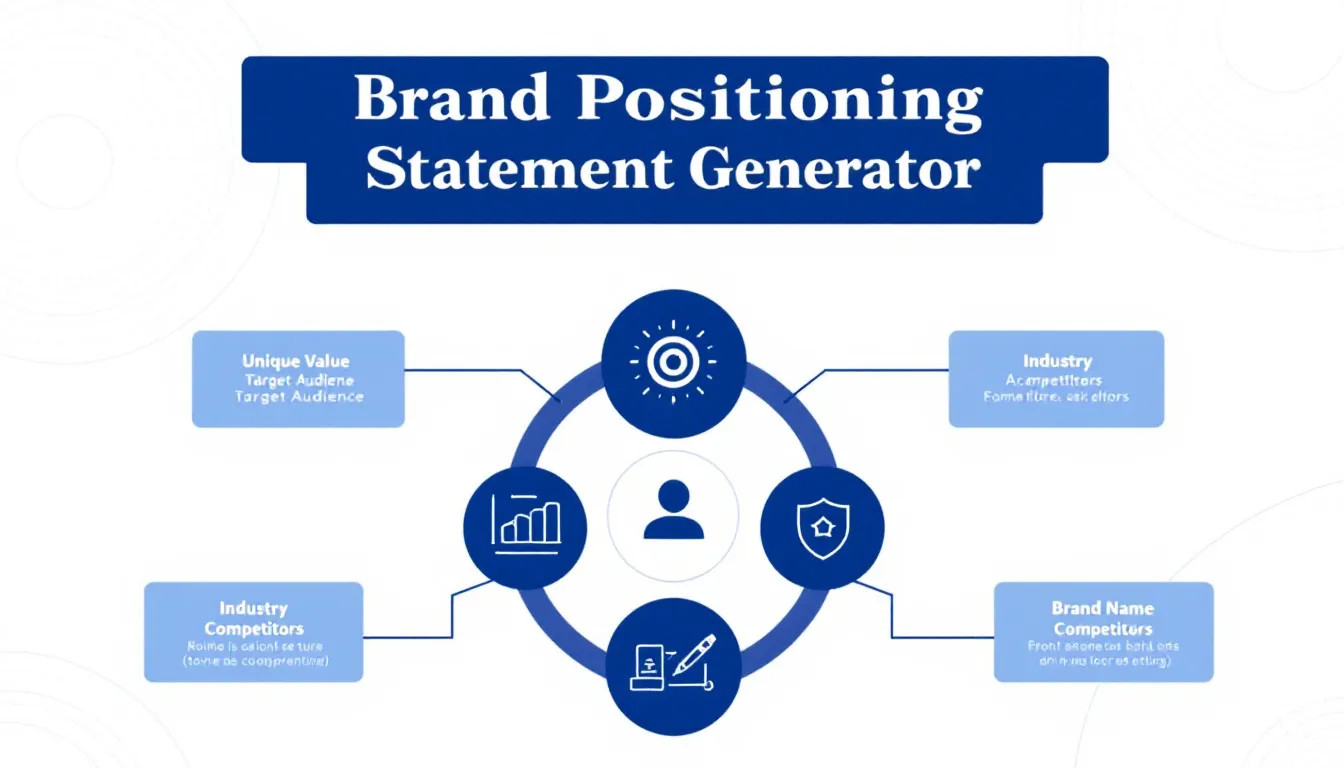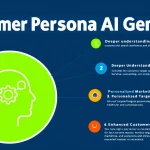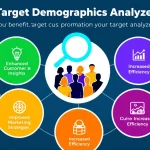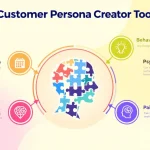Is this tool helpful?
How to Use the Brand Positioning Statement Generator Effectively
Our Brand Positioning Statement Generator streamlines the process of creating compelling brand messaging through five key input fields:
Step-by-Step Field Guide
- Brand Name: Enter your company or product name. For example, “GreenLeaf Botanicals” or “TechFlow Solutions”.
- Key Unique Value Propositions: Detail your brand’s distinctive features and benefits. Example: “Handcrafted organic skincare products using locally-sourced ingredients” or “AI-powered business automation solutions with 24/7 customer support”.
- Target Audience Description: Define your ideal customer profile comprehensively. Example: “Health-conscious women aged 30-50 who prioritize natural beauty solutions” or “Small to medium-sized businesses seeking efficient workflow automation”.
- Industry (Optional): Specify your market sector for added context. Example: “Natural Cosmetics” or “Business Software Solutions”.
- Main Competitors (Optional): List key competitors and differentiation points for deeper positioning insights.
Understanding Brand Positioning Statements
A brand positioning statement serves as the cornerstone of your marketing strategy, articulating your brand’s unique place in the market and its value proposition to target customers. This generator transforms complex brand elements into a cohesive, powerful statement that guides all marketing efforts.
Core Components of Effective Positioning
- Target Market Definition
- Brand Category Framework
- Unique Benefit Promise
- Supporting Evidence
Benefits of Using the Brand Positioning Statement Generator
Strategic Advantages
- Consistency in Brand Communication
- Clear Market Differentiation
- Enhanced Marketing Focus
- Improved Customer Connection
- Time and Resource Efficiency
Operational Benefits
- Streamlined Decision-Making
- Aligned Team Communication
- Simplified Marketing Planning
- Enhanced Brand Identity Development
Problem-Solving Capabilities
Addressing Common Brand Challenges
The generator effectively tackles several critical branding challenges:
- Market Position Uncertainty
- Inconsistent Brand Messaging
- Target Audience Misalignment
- Value Proposition Clarity
Practical Applications and Use Cases
Industry-Specific Examples
Technology Sector
Consider “CloudSecure Solutions”: Professional cloud security services for enterprise businesses focused on data protection and compliance. Target audience: Fortune 500 companies requiring robust cybersecurity solutions.
Generated Positioning Statement:
“For enterprise businesses prioritizing data security, CloudSecure Solutions is the premier cloud security provider that delivers comprehensive protection and compliance solutions through advanced AI-driven technology and 24/7 expert monitoring, ensuring unmatched data safety and regulatory adherence.”
Consumer Products
Example: “EcoFresh Living”: Sustainable household products focusing on zero-waste solutions. Target audience: Environmentally conscious urban families.
Generated Positioning Statement:
“For environmentally conscious urban families, EcoFresh Living is the sustainable household products brand that transforms daily routines into earth-friendly practices through innovative, zero-waste solutions, making eco-conscious living effortless and impactful.”
FAQ Section
Common Questions About Brand Positioning
How often should I update my brand positioning statement?
Review and update your positioning statement annually or when significant market changes occur, such as new competitor entries or shifts in customer preferences.
Can I have multiple positioning statements for different market segments?
While maintaining one core positioning statement is ideal, you can develop segment-specific variations that align with your primary positioning while addressing unique audience needs.
How do I ensure my positioning statement resonates with my target audience?
Test your positioning statement with focus groups or customer surveys, and gather feedback about its clarity, relevance, and appeal to your target market.
Should startups use this generator?
Yes, startups can particularly benefit from this tool as it helps establish clear market positioning from the outset, providing a strong foundation for brand growth.
How can I measure the effectiveness of my positioning statement?
Monitor key metrics such as brand awareness, customer engagement, market share, and customer feedback to assess positioning effectiveness.
What role does competitive analysis play in positioning?
Competitive analysis helps identify market gaps and opportunities, enabling you to develop unique positioning that differentiates your brand effectively.
Best Practices for Implementation
Maximizing Your Positioning Statement
- Integrate the statement across all marketing materials
- Train team members on positioning principles
- Use positioning to guide product development
- Align customer service with positioning promises
- Regular review and refinement of positioning effectiveness
Common Implementation Strategies
- Internal communication rollout
- Marketing material alignment
- Social media strategy development
- Customer touchpoint optimization
- Sales team training and enablement
Integration with Marketing Strategy
Leveraging Your Positioning Statement
- Content Marketing Alignment
- Social Media Strategy Development
- Advertising Campaign Creation
- Sales Collateral Development
- Customer Experience Design
A well-crafted positioning statement serves as the foundation for all marketing initiatives, ensuring consistency and effectiveness across channels while maintaining focus on core brand values and target audience needs.
Important Disclaimer
The calculations, results, and content provided by our tools are not guaranteed to be accurate, complete, or reliable. Users are responsible for verifying and interpreting the results. Our content and tools may contain errors, biases, or inconsistencies. We reserve the right to save inputs and outputs from our tools for the purposes of error debugging, bias identification, and performance improvement. External companies providing AI models used in our tools may also save and process data in accordance with their own policies. By using our tools, you consent to this data collection and processing. We reserve the right to limit the usage of our tools based on current usability factors. By using our tools, you acknowledge that you have read, understood, and agreed to this disclaimer. You accept the inherent risks and limitations associated with the use of our tools and services.







